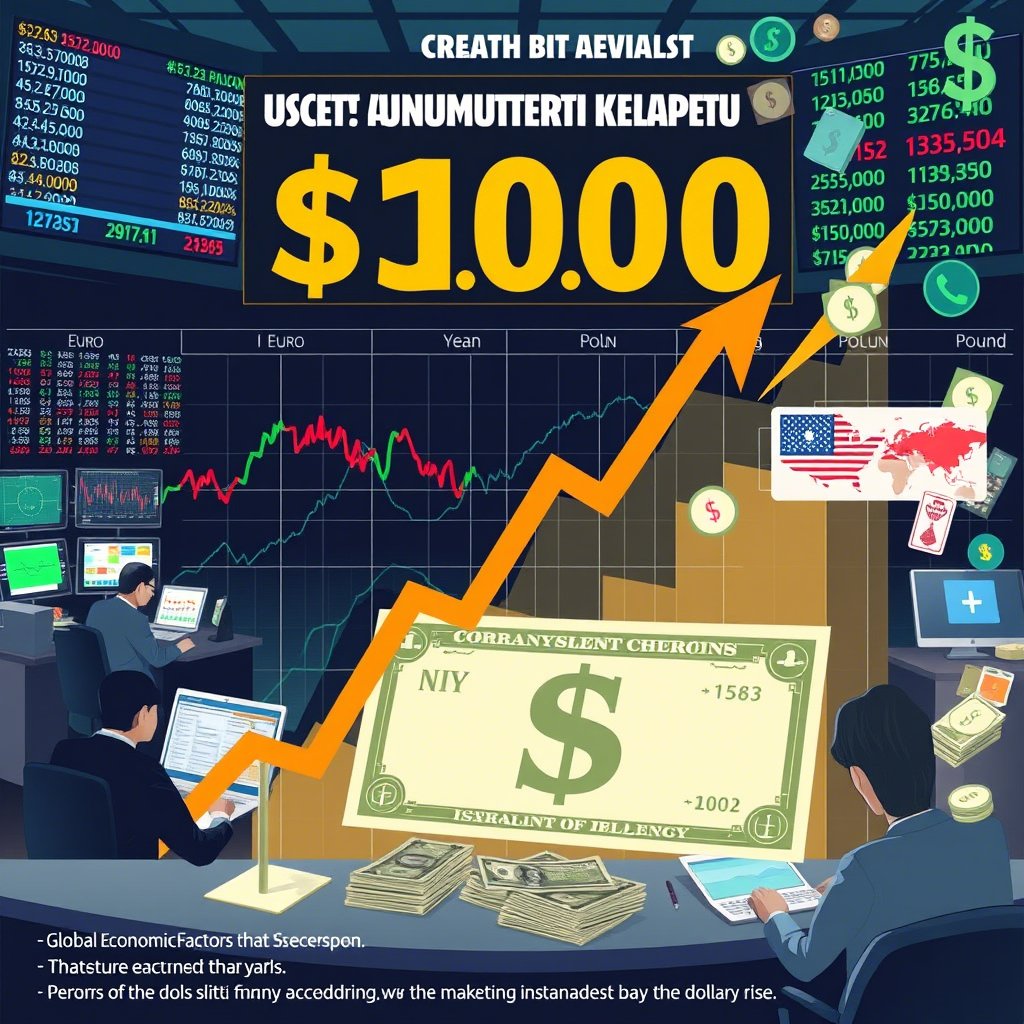Currency Markets in Flux: The U.S. Dollar’s Dominance and Its Global Impact
The foreign exchange (forex) market has been a focal point of recent market dynamics, with the U.S. dollar surging to multi-year highs against major currencies. This strength is largely attributed to the Federal Reserve’s hawkish stance on monetary policy, which contrasts sharply with the more dovish approaches of other central banks.
1. The Dollar’s Rally and Its Implications
The U.S. Dollar Index (DXY), which measures the greenback’s value against a basket of six major currencies, has climbed steadily over the past quarter. The euro, Japanese yen, and British pound have all weakened significantly, raising concerns about imported inflation and economic slowdowns in their respective regions.
For emerging markets, the dollar’s strength poses additional challenges. Many developing economies rely on dollar-denominated debt, and a stronger dollar increases the burden of servicing these obligations. “Emerging markets are caught in a difficult position,” explained Michael Lee, Head of Emerging Markets Strategy at Global FX Solutions. “Higher dollar values exacerbate capital outflows and put pressure on local currencies.”
2. Central Bank Interventions and Market Sentiment
In response to currency depreciation, several central banks have intervened to stabilize their currencies. Japan’s Ministry of Finance recently conducted its first yen-buying intervention in decades, while the European Central Bank (ECB) has signaled a willingness to raise interest rates further to support the euro.
However, such interventions have had limited success so far. “Currency markets are highly sensitive to macroeconomic factors, and central bank actions alone may not be enough to reverse trends,” warned Sarah Chen, Chief FX Strategist at International Capital Markets.
3. Opportunities in Forex Trading
Despite the volatility, forex traders see potential opportunities in the current environment. The widening interest rate differentials between countries have created attractive carry trade setups, where investors borrow in low-yielding currencies to invest in higher-yielding ones. Additionally, hedging strategies are gaining popularity among multinational corporations seeking to mitigate currency risk.
As the global economy continues to navigate uncertainty, currency markets are expected to remain a key barometer of investor sentiment. Traders and investors alike will need to stay vigilant, adapting to shifting dynamics and leveraging insights to capitalize on market movements.
